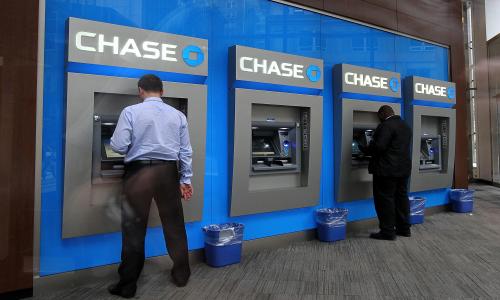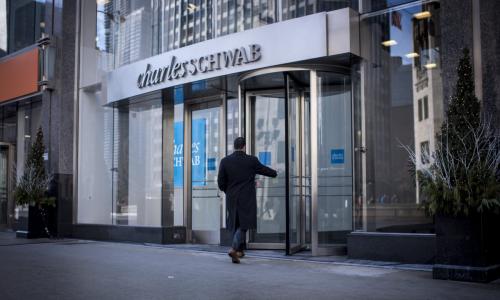Bank failures can be messy for depositors. The bank can be closed over several days, a great rate can be lost, and a depositor can wind up at a bank they never selected. Last week we took a look at the safest states to bank according to the Texas ratio, a widely used number that correlates well with bank failures. Now, we’ll look at the ten states with the least safe banks. The idea is not panic anyone. Even the least safe states have strong insitutions that will not fail. And while everyone should know some basic health stats on where the park their money, this is especially true for depistors in states with banks that are stressed.
To determine our list of least safe states, we generated the average Texas ratio for each state. The Texas ratio measures the amount of capital and reserves a bank has to cover loans gone bad. If a bank can't cover its bad loans, then it is insolvent and will eventually be closed.
The ten banks with the highest Texas ratios (the higher the Texas ratio, the greater the change for bank failure) are:
Ten States with the Least Safe Banks
- Georgia
- Oklahoma
- South Carolina
- North Carolina
- Florida
- Maryland
- Illinois
- Alabama
- Arkansas
- Tennessee
To prevent the mega-banks from distorting the state-by-state numbers the analysis only included banks with assets below $10 billion.
As the data shows, six of the ten states came from the South, where rapid population growth in several states increased speculation and led to a lending boom and bust.
Bank Closings

Now, let's look at how the Texas ratio matches up with some real data. The chart above shows bank closings to-date for 2013. Notice how Georgia, Florida, and Illinois lead the list as predicted by the list. But some of the other states like Oklahoma, Arkansas, and Maryland haven’t seen a single closing so far. The Texas ratio is directional rather than exact and just because a state is on the list, doesn’t mean it will experience drastic bank failures. If you have money deposited in a bank in one of these states, it is especially prudent to check on the health and safety of the institution. Depositors in any state should be on top of the health and safety of where they deposit their money. You can do this on BestCashCow by clicking searching for the bank at the top of the screen and then checking its Financial Details tab (click to view an example for Brookline Bank).
Why does any of this matter with FDIC coverage?
In 2013 alone, thirteen banks have failed through May 14. In the event of a bank failure:
- Not all deposits are covered. According to the FDIC, up to 20% of deposits in U.S. banks are not covered by FDIC insurance because deposits are over the $250,000 limit. In the event of a bank failure depositors can, and have lost money.
- Great rates might not be honored. Banks that fail are often acquired by stronger institutions. But these institutions do not need to honor prior CD rates and other terms from the failed bank.
- It can be inconvenient. While the FDIC generally moves quickly when taking over a failed bank, there can be a several day disruption and lack of access to cash. Depending on the timing this could be a major or minor inconvenience. A depositor of a failed bank may also find themselves a member of another institution that they never chose and prefer not to bank with.
What To Do if Your Bank Has a High Texas Ratio
In general, if you look at a profile on BestCashCow you want your bank’s Texas Ratio to be below 100%. If it’s over 100% then it is an indication that the bank does not have adequate reserves and capital to cover all of its potential losses. A bank’s Texas ratio in excess of 200% is a flashing warning sign. Ideally, your bank would fall somewhere near the national average. If it's below that national average, that's great. You can also look at the Texas ratio trend. Is it going up or down? If up, then your bank maybe accumulating bad loans, not a good sign.
If your bank is above the national average, and especially if its Texas ratio is over 100%, then it would be wise to check that all of your deposits are FDIC insured. Use the FDIC’s deposit insurance tool to make sure you are covered. If you have deposits not insured, move them to another bank so that they are fully insured.










Add your Comment
or use your BestCashCow account